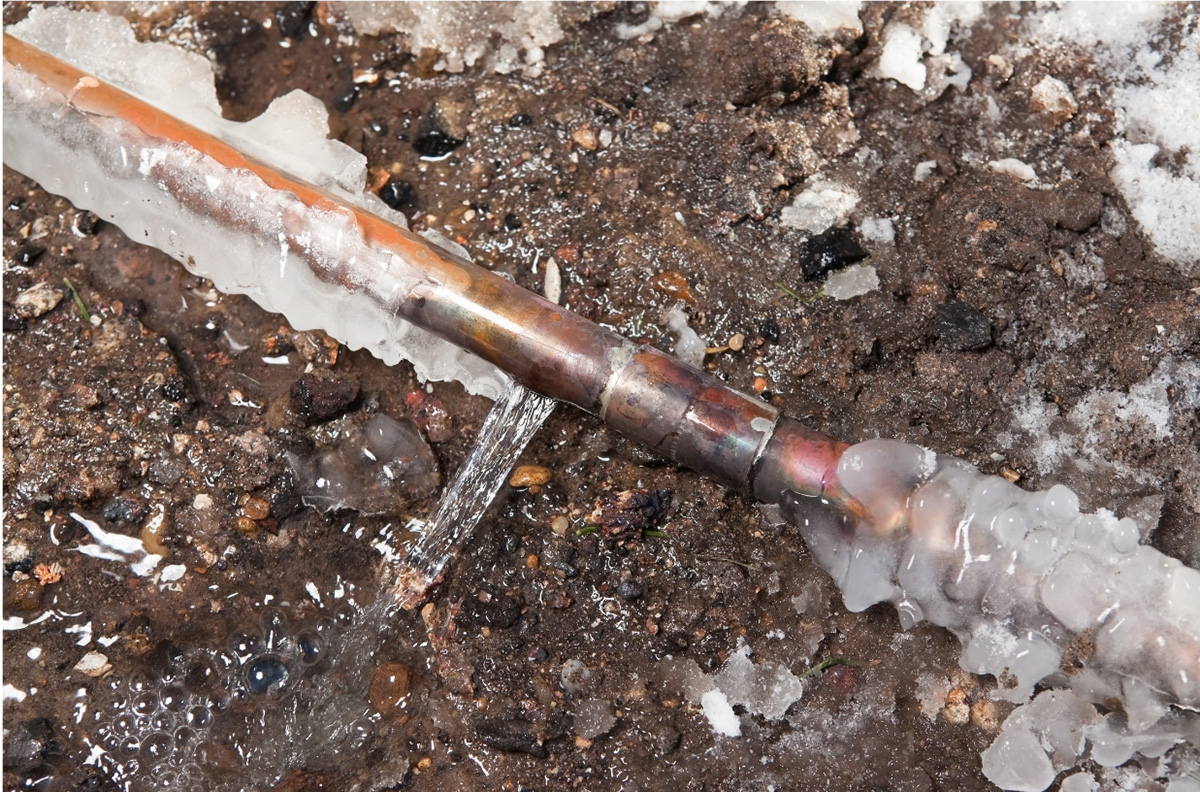How to Prevent Frozen Plumbing in Winter: Professional Advice
How to Prevent Frozen Plumbing in Winter: Professional Advice
Blog Article
Any individual maintains their private thinking with regards to Helpful Tips to Prevent Frozen Pipes this Winter.

Winter can wreak havoc on your plumbing, especially by freezing pipes. Right here's how to avoid it from happening and what to do if it does.
Introduction
As temperatures drop, the threat of frozen pipelines boosts, possibly resulting in expensive repair services and water damage. Understanding just how to avoid frozen pipelines is critical for homeowners in cool climates.
Recognizing Frozen Pipes
What causes pipelines to freeze?
Pipelines freeze when exposed to temperatures listed below 32 ° F (0 ° C) for expanded periods. As water inside the pipelines freezes, it increases, putting pressure on the pipe wall surfaces and possibly creating them to rupture.
Dangers and problems
Icy pipelines can result in water disturbances, residential or commercial property damages, and pricey repair work. Ruptured pipelines can flooding homes and trigger extensive architectural damage.
Signs of Frozen Piping
Determining icy pipelines early can prevent them from bursting.
Just how to identify icy pipelines
Look for decreased water circulation from faucets, unusual odors or sounds from pipes, and noticeable frost on revealed pipes.
Avoidance Tips
Protecting susceptible pipes
Wrap pipelines in insulation sleeves or use heat tape to safeguard them from freezing temperatures. Concentrate on pipelines in unheated or exterior areas of the home.
Home heating strategies
Keep interior rooms appropriately heated, especially locations with plumbing. Open cabinet doors to enable warm air to distribute around pipelines under sinks.
Securing Outside Plumbing
Yard hose pipes and outdoor faucets
Separate and drain pipes yard tubes before winter months. Set up frost-proof faucets or cover exterior faucets with shielded caps.
What to Do If Your Pipes Freeze
Immediate actions to take
If you suspect icy pipelines, maintain faucets open up to relieve pressure as the ice thaws. Use a hairdryer or towels taken in hot water to thaw pipelines gradually.
Long-Term Solutions
Structural modifications
Think about rerouting pipes far from outside walls or unheated locations. Add extra insulation to attic rooms, cellars, and crawl spaces.
Upgrading insulation
Buy high-grade insulation for pipes, attic rooms, and walls. Correct insulation aids maintain consistent temperatures and decreases the threat of icy pipelines.
Final thought
Avoiding icy pipelines calls for positive measures and quick reactions. By recognizing the causes, indications, and preventive measures, property owners can shield their plumbing during winter.
5 Ways to Prevent Frozen Pipes
Drain Outdoor Faucets and Disconnect Hoses
First, close the shut-off valve that controls the flow of water in the pipe to your outdoor faucet. Then, head outside to disconnect and drain your hose and open the outdoor faucet to allow the water to completely drain out of the line. Turn off the faucet when done. Finally, head back to the shut-off valve and drain the remaining water inside the pipe into a bucket or container. Additionally, if you have a home irrigation system, you should consider hiring an expert to clear the system of water each year.
Insulate Pipes
One of the best and most cost-effective methods for preventing frozen water pipes is to wrap your pipes with insulation. This is especially important for areas in your home that aren’t exposed to heat, such as an attic. We suggest using foam sleeves, which can typically be found at your local hardware store.
Keep Heat Running at 65
Your pipes are located inside your walls, and the temperature there is much colder than the rest of the house. To prevent your pipes from freezing, The Insurance Information Institute suggests that you keep your home heated to at least 65 degrees, even when traveling. You may want to invest in smart devices that can keep an eye on the temperature in your home while you’re away.
Leave Water Dripping
Moving water — even a small trickle — can prevent ice from forming inside your pipes. When freezing temps are imminent, start a drip of water from all faucets that serve exposed pipes. Leaving a few faucets running will also help relieve pressure inside the pipes and help prevent a rupture if the water inside freezes.
Open Cupboard Doors
Warm your kitchen and bathroom pipes by opening cupboards and vanities. You should also leave your interior doors ajar to help warm air circulate evenly throughout your home.

We were made aware of that editorial about 6 Ways to Prevent Frozen Pipes through an acquaintance on another domain. If you please take a moment to distribute this blog post if you enjoyed reading it. Many thanks for your time invested reading it.
Book A Service Call Report this page